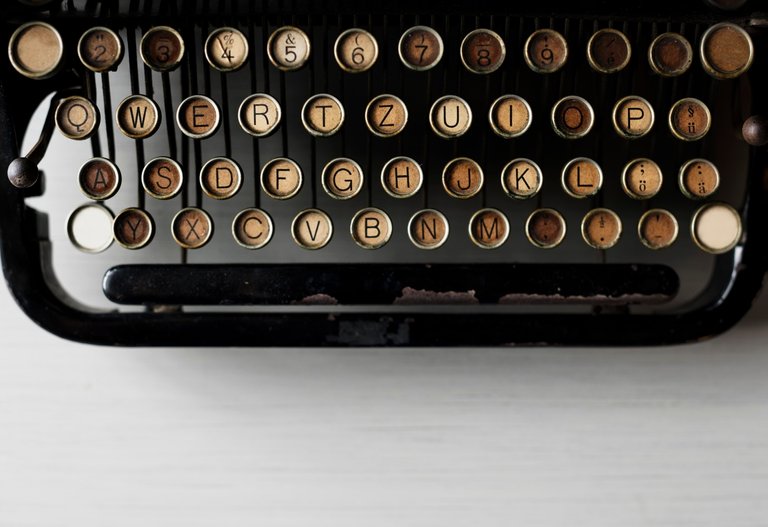Getting started is sometimes the most difficult part of the creative writing process. The cursor blinks. The white page glares.

What should you write about?
Maybe you have a lot of ideas and are having trouble zeroing in on just one story (or one story that does not go in too many tangential directions), or maybe you just have the very early rumblings of something that you aren’t yet sure about. Or maybe you simply have writer’s block.
How can you get started?
Focus in on a topic through a generative writing exercise. We can use these kinds of tools in creative writing to get started. I use generative exercises to start my own creative writing projects, and I also use them in my writing classroom to help students kick-start stories. One specific exercise that I find useful is Sondra Perl’s Guidelines for Composing: this is an ordered set of questions for you to respond to. By the end of the exercise, you will likely have a story starting to emerge on the page.
How exactly do Perl’s Guidelines for Composing work?
If you have tried freewriting in the past, this exercise is similar except it is timed, often facilitated by an instructor or leader, provides you with questions to respond to, and is a little bit more systematic.
Perl’s Guidelines are an ordered set of questions that begin broadly and become more specific. Questions are generally read/facilitated by someone, so they work well in the classroom or in a writing group, but they can be done on your own (try setting a timer for each question). Perl’s Guidelines are used by writers of all kinds and levels—emerging and professional. The guidelines help you to produce some base-level (gut level) writing and are a method to tune in to yourself/your ideas by keeping your pen on the page (or finger on the keys) and writing even if you do not know where you are headed or even if you don’t have anything (yet!) to say.

As Sondra Perl’s explains, it is useful to keep in mind that “these guidelines sometimes work differently for different people—and even differently for you on different occasions. The main thing to remember is that they are meant for you to use on your own, flexibly, in your own way.”
I would love to know if you try this exercise, which you can find here. What are some of your methods for overcoming writer’s block and getting started on a story? What exercises do you use?
English is in the second languages for me, so I try to read good things through Steemit. I will keep that in mind " trying to keep your pen moving." Thanks.
You’re doing a great job! The best way to learn anything is to practice — keep at it!
This is new to me, so I was very glad to have read your post and followed the link. Having read through the list and given some quick thought, I can see how this could be very helpful for writers. In fact I may apply it immediately to help with a stuck idea I have at the moment.
I highly recommend Perl’s Guidelines—with regular ‘freewriting’ I usually feel like I’m wasting time and have trouble focusing and truly exploring my ideas. But with these, it feels a little more purposeful.
One tip is to really try to keep your pen moving — it’s surprising where the actual act of creating words can take you!
Let me know how it goes.
I'd never heard of Perl's guidelines before - thanks for the excellent resource.
You're welcome -- I find myself coming back to them again and again (for short projects and book-length ones, too).
Thank you so much!